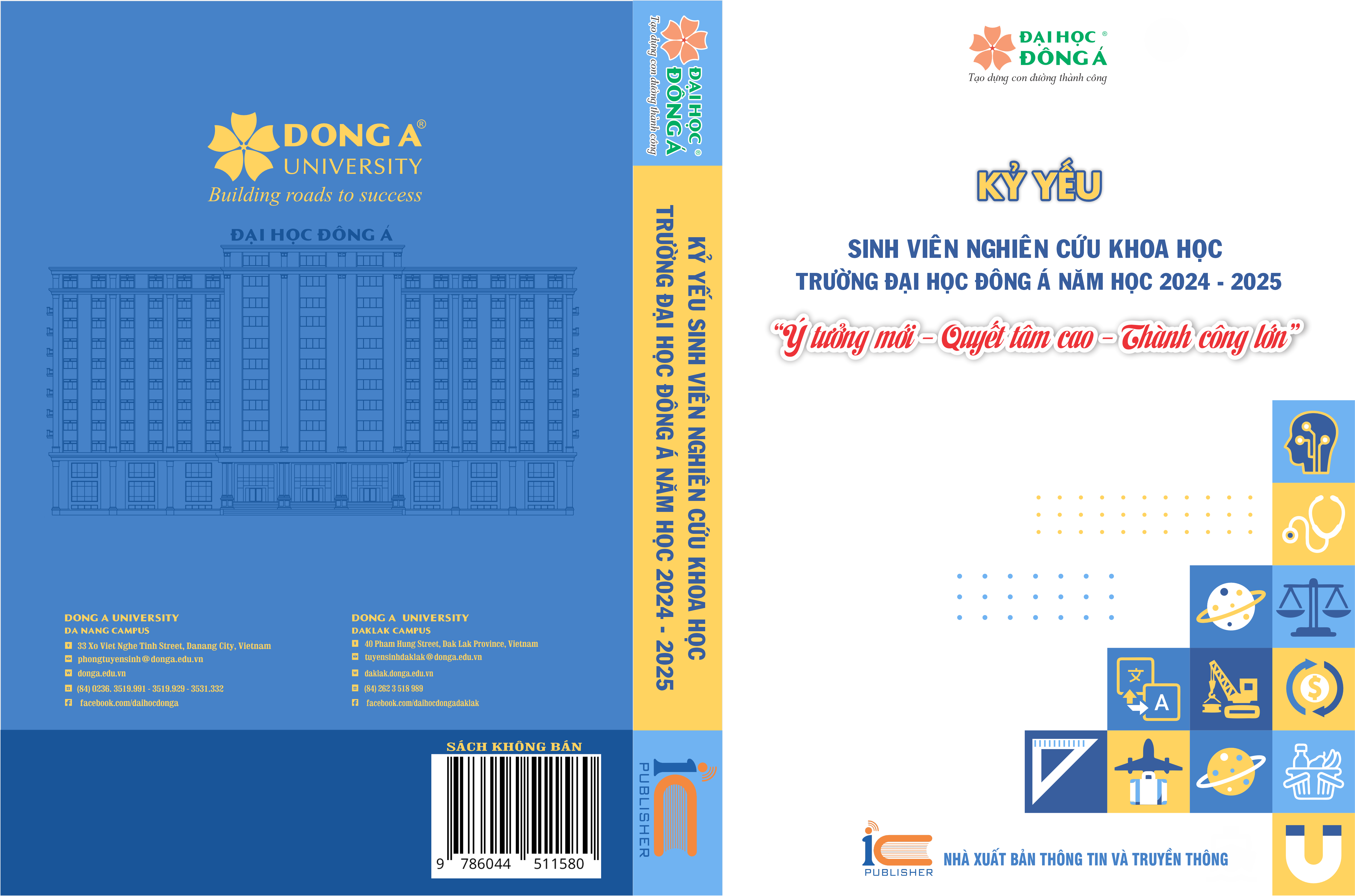PHƯƠNG ÁN NÂNG CAO NĂNG LỰC ĐỌC HIỂU CHO NGƯỜI HỌC TIẾNG HÀN TRÌNH ĐỘ SƠ CẤP - Tập trung vào sinh viên năm 2, Khoa Ngôn ngữ và Văn hóa Hàn Quốc Trường Đại học Đông Á -
Main Article Content
Abstract
This study aims to help second-year students at the elementary level majoring in Korean Language at Dong A University improve their Korean reading comprehension skills, thereby laying a solid foundation for developing language proficiency at higher levels. The results from a perception survey of 65 students and a practical reading comprehension assessment of 23 students show that many students face significant challenges in identifying the main topic of a passage, determining true or false information based on the question requirements, and recognizing the central ideas of reading texts. The main causes stem from a lack of vocabulary, insufficient time to fully comprehend the content, and limited mastery of effective reading strategies, including skimming, identifying main ideas, inferring the meaning of unfamiliar vocabulary from context, and inadequate knowledge of synonymous vocabulary and grammar. Based on these findings, the study proposes methods to improve reading comprehension skills, such as applying effective reading strategies, using Korean language learning applications to enhance background knowledge, and expanding elementary-level vocabulary and grammar across various topics. Therefore, this study is meaningful in improving learning outcomes and the practical application of Korean language skills.
Article Details

This work is licensed under a Creative Commons Attribution-NonCommercial-NoDerivatives 4.0 International License.
Keywords
Elementary-Level Korean Reading Comprehension, Strategies for Reading in Korean, Korean Language Majors, Dong A University
References
Nguyen Thi Binh Son (2017). 베트남인 학습자를 위한 한국어 읽기 전략 교육 연구, 서울대학교 석사학위논문.
김중섭 (2004). 한국어 교육의 이해, 서울: 한국문화사.
민현식, 조항록, 유석훈, 최은규 (2005). 한국어교육론3, 서울: 한국문화사.


